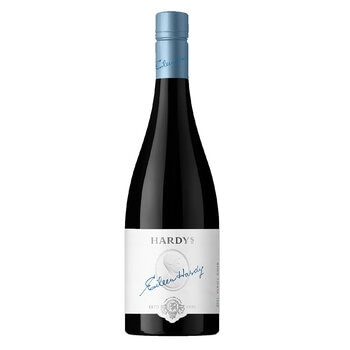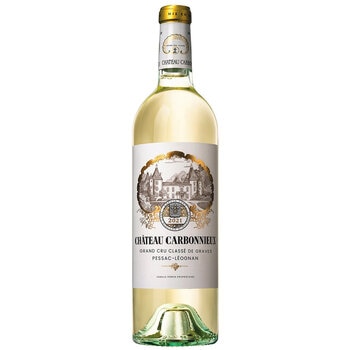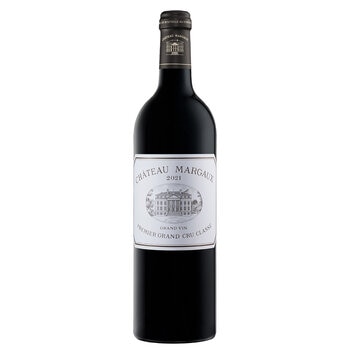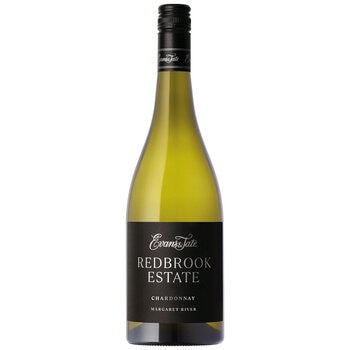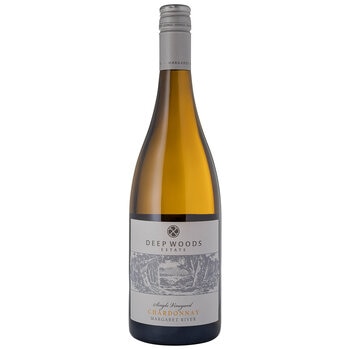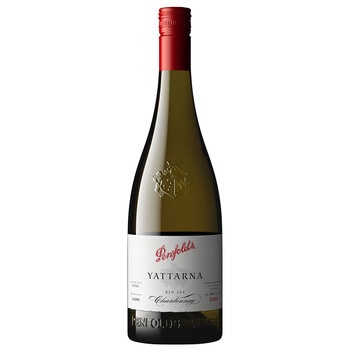Wine expert Ella Stening reports on the latest trends and varieties in South Australia.
It’s hard to think of South Australia as anything less than iconic when it comes to making wine. A constellation of 33 regions, with their unique charms, climates and legacies, are responsible for more than half of the wine grapes for Australia’s annual production.
We see wines made all over the state, not only from the Barossa Valley, Eden Valley and McLaren Vale, but also Mount Gambier, Coonawarra, the Adelaide Hills, Clare Valley, Riverland, Langhorne Creek and even Kangaroo Island. In 2021, the state recorded its largest and most diverse season of all time, clocking in at just under 1 million tonnes of grapes. Those grapes made 820 million bottles of wine in the last year alone.
South Australia's wine history
South Australia is an enormous region with unbelievable diversity in soil and climates. The land is more than 700 million years old, making it some of the oldest wine-growing territory to exist. The unique combination of factors, stemming from its drinking history and the ways people are responding to climate change, make it a region that encourages endless exploration in styles and flavours of wine.
But what exactly is being picked to fill the eagerly awaiting glasses? First and foremost, South Australia’s legacy is still held in Barossa Valley shiraz and Coonawarra cabernet sauvignon. For white wine, Adelaide Hills sauvignon blanc, Clare Valley riesling and Riverland chardonnay make up the rest of the market share.
For shiraz, a quick change in wording to better reflect the richer, sun-drenched style converse to France’s syrah, allowed for Australia’s wine export and production to triple by the beginning of the 90s. The masters – Seppeltsfield, Penfolds and Henschke – made less wine, but higher quality. There was a similar rationale in Coonawarra, famed for the cabernet sauvignon grown harmoniously with the eucalypts. Chardonnay dominated in the Adelaide Hills and Riverland, selling to the UK at an almost impossibly high magnitude. In contrast, the inimitable, electric riesling of the Clare and Eden Valleys provided a refreshing antidote to the sweet German rieslings of Mosel.
The future
Though these wines still retain their glory, there is change afoot. Jamie Sach, Penfolds’ Global Ambassador, appreciates this move forward. “If we look back over the past 10 to 20 years of winemaking, a couple of trends emerge,” he says. “The most obvious is diversification: a move away from blockbuster reds being our staple diet and more towards a choice of styles that are balanced and approachable.”
Mediterranean varieties, that adore our sunshine and weather its burn better than their European counterparts, are being planted all over. Nebbiolo, fiano, barbera, pinot gris and even the Portuguese variety touriga nacional, traditionally used in making port, are going to play an important part in the future of South Australian wine. These are being made into styles that prioritise fruit and freshness, with brighter acidity and lower alcohol. Styles of winemaking known as orange wines, where white grapes are fermented with their skins, giving the wines more perfume and texture, are entering the market at rapid pace.
“Younger winemakers have been quick to appreciate the opportunity these newer grapes present, making for a very dynamic and innovative time in our state’s winemaking history,” Jamie continues.
Part of this dynamism can be attributed to the nexus of younger winemakers based in the lush forests and undulating hills of the aptly named, Adelaide Hills. This hub for people who grew up drinking wines from historical estates has noted the seasons changing more rapidly and the consumer’s want for organic wines. This attitude has filtered through to the more illustrious regions of South Australia too.
Dan Coward, from the Barossa’s Alkina Wines is an advocate for regenerative ways of grape growing. “The most obvious effects are healthier vineyards, more complex biodiversity and, in my opinion, better wines,” he says. “Drinkers are starting to ask more questions and to link the dots between good farming and good wine.” We are truly spoiled for choice when it comes to this magnificent place.

